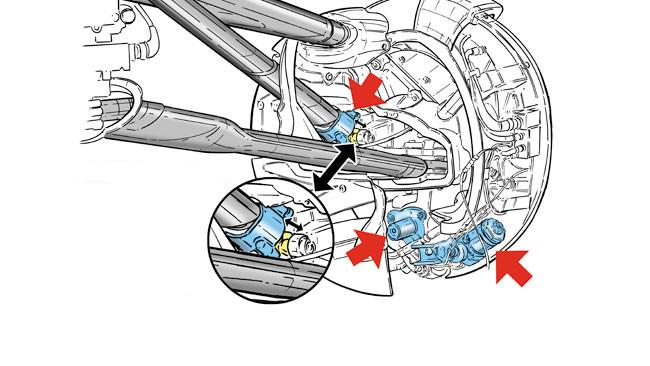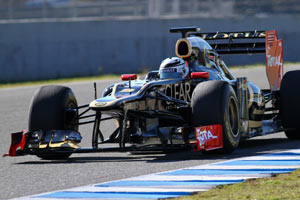DISCOVERED THE SECRET OF THE LOTUS
The spelling of the structure of the Lotus Renault discovered by Giorgio Piola and put the light through its website and Nugnes
http://www.omnicorse.it, the brake system is activated, but not through a pump mounted parallel to the splitter as braking was thought at first and how it was written in previous posts.

The ingenious solution is all concentrated in the upright: to move the strut to the suspension that lifts the car during braking and acceleration and lowers the movement of the floating caliper brake.
This is the solution as already announced in a post this morning is perfectly legal because no one is acting in its operation and therefore can not be held mobile device.
What is the solution?
In essence, the Lotus-Renault would be able to lift the front of the car during the delicate phase of braking, preventing the wing can crawl on the asphalt, providing the ideal F1 ride height for maximum stability aerodynamics in a crucial area that affects the car's load and efficiency of the rest.
http://spontoncristiano.blogspot.com












